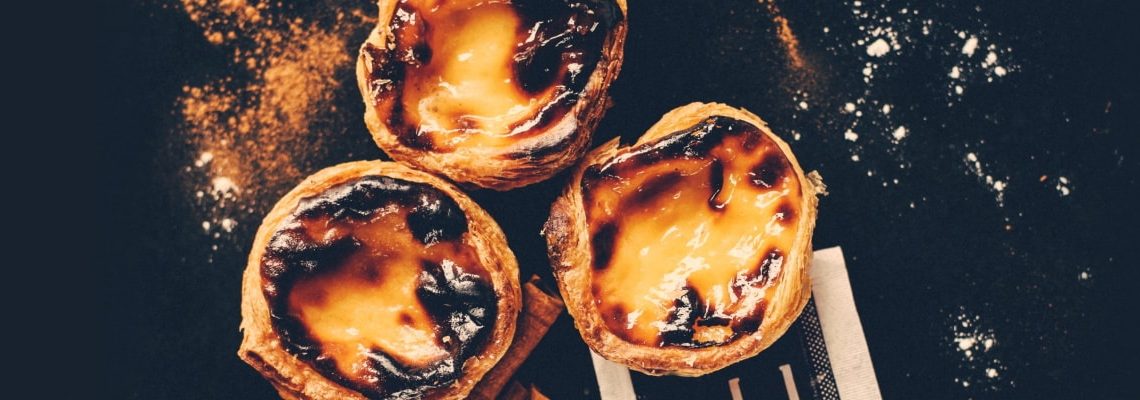One of the nicest side-effects of an active holiday spent walking, hiking or cycling is a whopping calorie deficit at the end of the day. Also, when you’ve been climbing hills and trekking trails in the great outdoors all day, presumably you’ve worked up a healthy appetite. And let’s face it, if you’re doing all this in another country, trying the local cuisine is part of learning about the culture, right? In Portugal, one of the tastiest ways to address all of these points is also the sweetest, because desserts are a revered part of life here. It is practically a responsible adventure traveler's duty to belly up to the bakery bar. I’m just sayin’. You’ve probably heard by now of the Portuguese egg custard tarts (pastéis de nata, or Pastéis de Belém, if they are from the eponymous Lisbon bakery near the Monastery of Jerónimos where they originated). If you don’t try one of these when you’re in Portugal, can you really even say you were there? Bonus points if they are warm from the oven, sprinkled with cinnamon and powdered sugar. While pastéis de nata may be the most famous, nearly every town and region in the country has a sweet that it is known for, based on centuries-old recipes and often hard to find in other places. You should definitely sample them all (calorie deficit, remember?). But be warned: Traditional Portuguese sweets are almost all based on egg yolks. The good monks and nuns who came up with these devilish concoctions had an excess of yolks on their hands, because the whites were used to starch habits and to clarify and stabilize red wine. To this bounty they threw in a LOT of sugar and sometimes some almonds. With this basic combo of ingredients they somehow managed
One of the nicest side-effects of an active holiday spent walking, hiking or cycling is a whopping calorie deficit at the end of the day. Also, when you’ve been climbing hills and trekking trails in the great outdoors all day, presumably you’ve worked up a healthy appetite. And let’s face it, if you’re doing all

